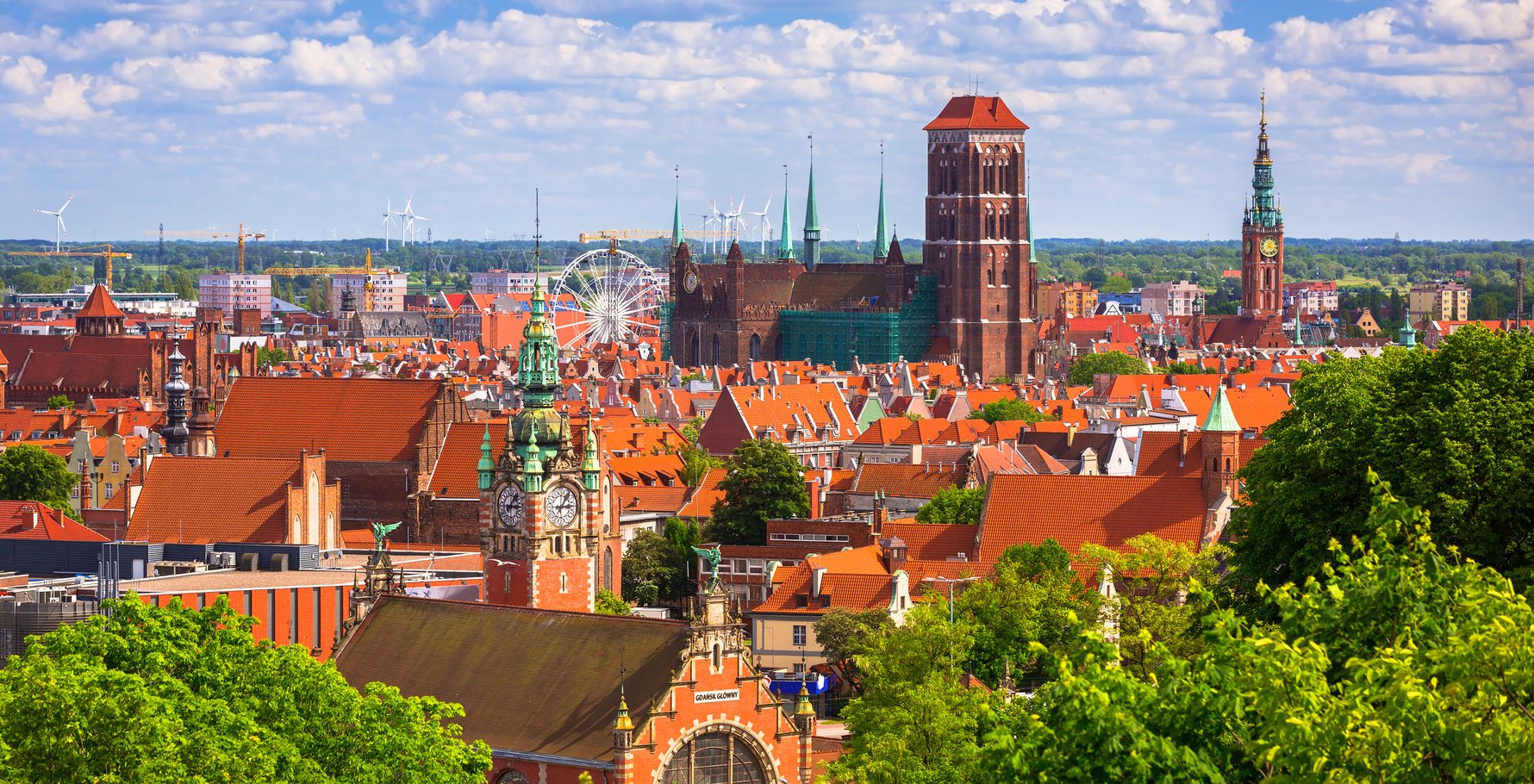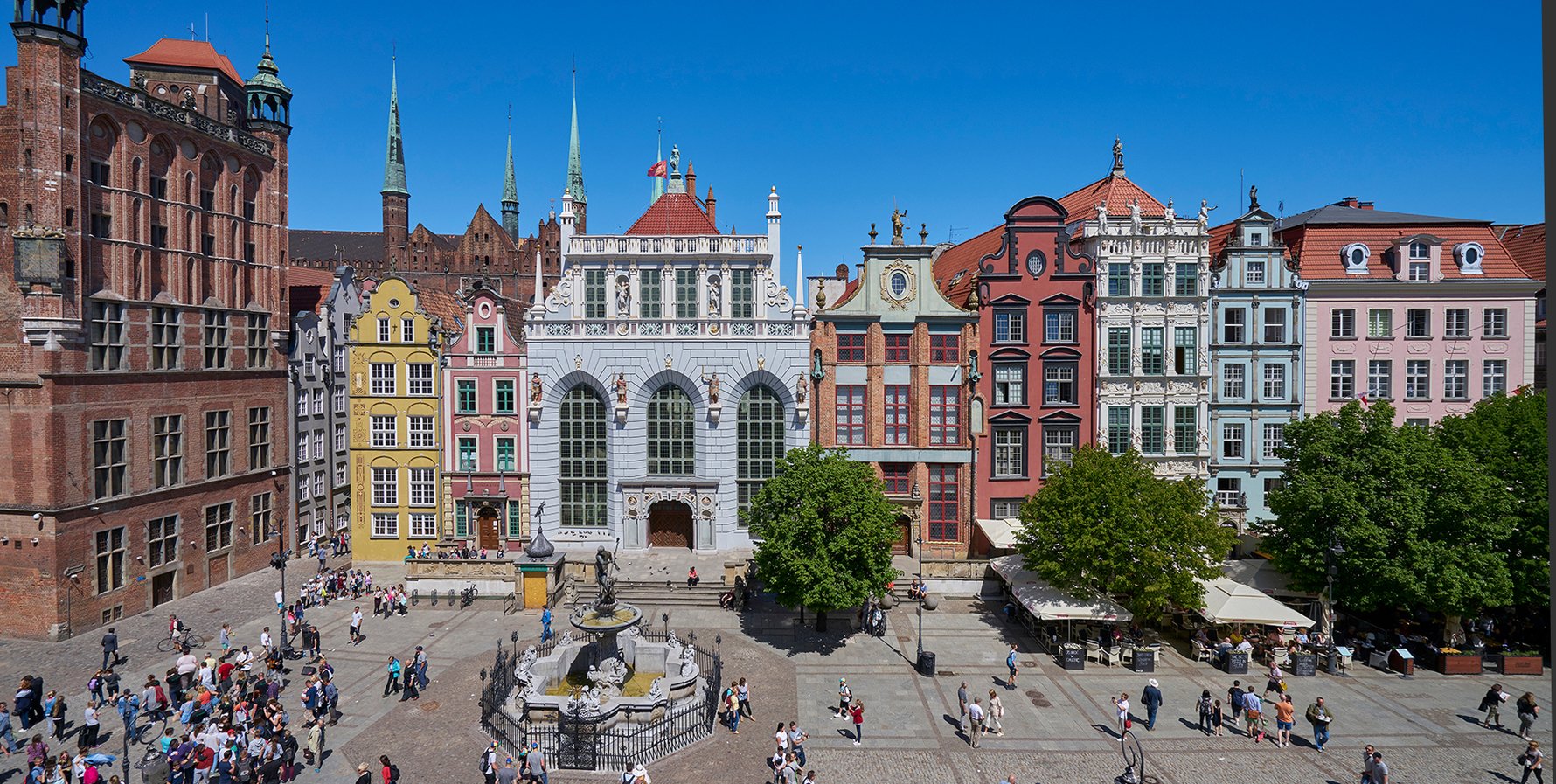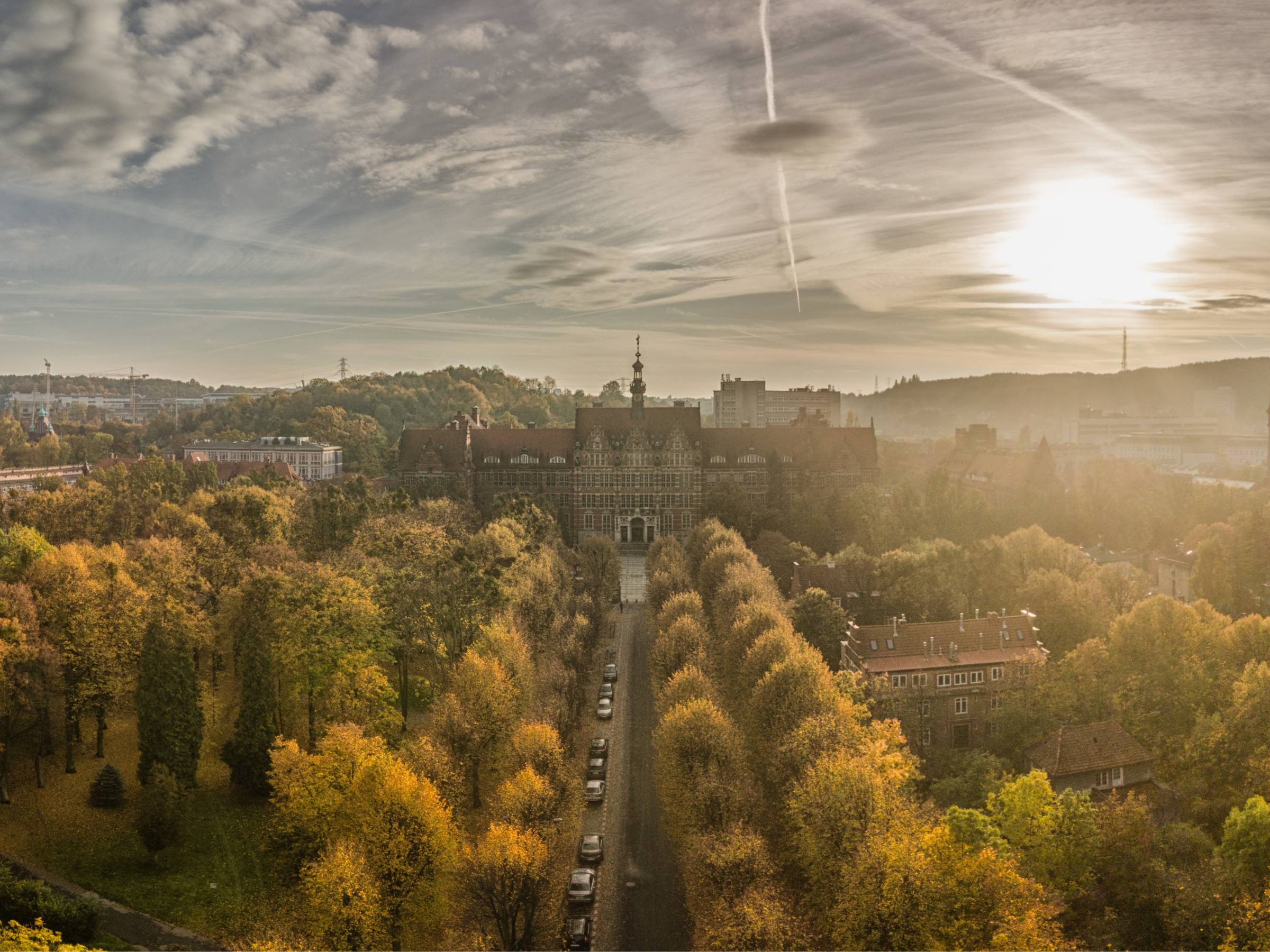The best way to explore Gdank Old Town is with a copy of our beautiful new guidebook in your hands. Get your copy now!

If you plan on visiting a few museums or more, purchasing a Tourist Card is a great way to get discounted entry into a number of key sites and further afield (Sopot and Gdynia) plus other options for free public transport! If you feel like getting a little more exercise, we highly recommend doing a Bike Tour of Gdańsk Old Town with Poland By Locals. An alternative way to experience the waterways of the historic centre is a Kayak tour with Gdańsk Z Kayaka.
The Royal Way
Whenever the medieval kings of Poland would visit Gdańsk, they had a specific entry and parade route to help make a big fuss about such a public event. This route is known as The Royal Way, starting at Brama Wyżynna (Upland Gate) before continuing through the very fancy Złota Brama (Golden Gate) onto ul. Długa (Long Street), Długi Targ (Long Market) and ending at Zielona Brama (Green Gate).

Photo credits L to R: Diego Delso delso.photo License CC-BY-SA, POGD, Henryk Bielamowicz
Along the way are a number of museums that are worthy of your time. The Amber Museum, which now resides in the Great Mill, is an excellent exhibition on what is commonly referred to as 'Baltic Gold', an industry that has been active in this region for as long as history can go back. Take advantage of FREE Entry on Mondays. Elsewhere, on the waterfront, you can visit the National Maritime Museum, which relates closely to Gdańsk's history as a port.

These are some of the many artistic displays that can be seen at Gdańsk's Museum of Amber.
Further down on Długi Targ is Artus Court, the fancy merchant building, whose interior and collection-on-display are a sight for sore eyes! Across the road and down a little bit is a replica mercury thermometer from 1752, which is a tribute to none other than Daniel Fahrenheit, a name that you know from high school science class or the nightly weather report. He was born in Danzig in 1686 and this public thermometer, something he first invented in 1714, is a monument to him.

Photo by Dariusz Kula. Courtesy of Gdańsk History Museum.
Further down, just before Zielona Brama, is a small and unassuming Free City of Danzig Historical Zone. This museum is a fascinating look at Gdańsk between 1920 until 1939, when the city was a semi-independent state. The collection of memorabilia and artefacts give you an idea of how residents of the city saw themselves, not as Polish nor German, but as Danzigers.
Stroll Along the Waterfront (Długie Pobrzeże)
The Long Waterfront (Długie Pobrzeże) in Gdańsk Old Town, is the promenade stretching along the western shore of the Motława river. This is where you'll find the defining landmark of Gdańsk - The Crane (Żuraw). While its unique shape is certainly memorable, this structure is also a symbol of Gdańsk’s great trading age. First mentioned in 1367, the working crane was used to transfer cargoes from ships on the canal and to assist in raising masts onto newly-built and repaired ships. At one time this was the biggest working crane in the world. It is now a part of the Polish Maritime Museum and you can view a collection of permanent exhibitions inside including one on port life between the 16th and 18th centuries.





